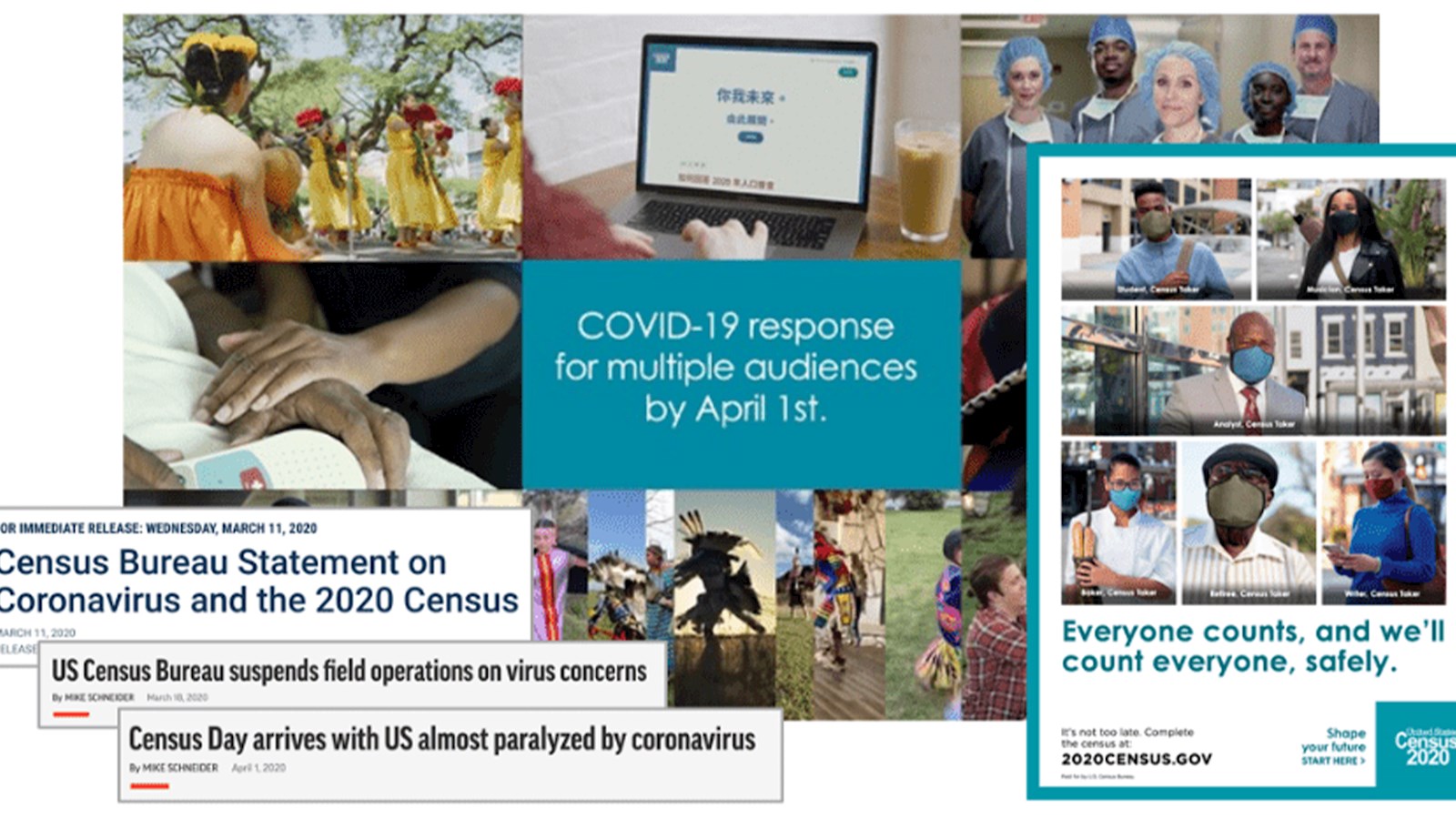
VMLY&R: The US 2020 Census

VMLY&R: The US 2020 Census
Using data to drive inclusivity and engagement
In 2020, the Census Bureau unveiled its biggest change in forty years – for the first time ever everyone in the US could respond by mail, phone or online. This meant driving tens of millions of households to new ways of responding.
Although it would be easier than ever to respond, the government faced an uphill battle in the lack of knowledge of the census and waning trust in the Census Bureau. During 2020, government distrust was amplified by growing social unrest, devastating fires, an earthquake and the pandemic.
The target was everyone in the United States. But with such a large target audience, a one-size-fits-all approach would be unsuccessful.
The Census Bureau travelled across the country, conducting hundreds of focus groups in more than a dozen languages and countless community interviews. This was in addition to a nationwide survey mailed out to 50,000 households in both English and Spanish.
The campaign launched websites, social media content, public in-person and virtual events, public service announcements, traditional and new media assets, and earned media pitching.
The massive public education effort encouraged participation among multicultural and hard-to-count populations with ads in English and 12 other languages: Arabic, Chinese, French, Haitian Creole, Japanese, Korean, Polish, Portuguese, Russian, Spanish, Tagalog and Vietnamese.
Despite unprecedented social unrest and natural disasters, the 2020 Census received 99 million self-responses – exceeding both the 2020 self-response goal and the final count achieved in the 2010 Census.
Of those, over 79 million responded by internet, far out-weighing phone and mail responses, greatly bolstering the count’s overall efficiency.
Ultimately, 99.98% of US households were counted, evidence of the effectiveness of the campaign to increase the public’s cooperation with and confidence in the Census Bureau.
Awareness rates rose among all ages, races and ethnicities, and with both English and Spanish speakers. During the crucial first weeks of the campaign, its most active phase, a whopping 93% of US adults reported hearing about the 2020 Census.

